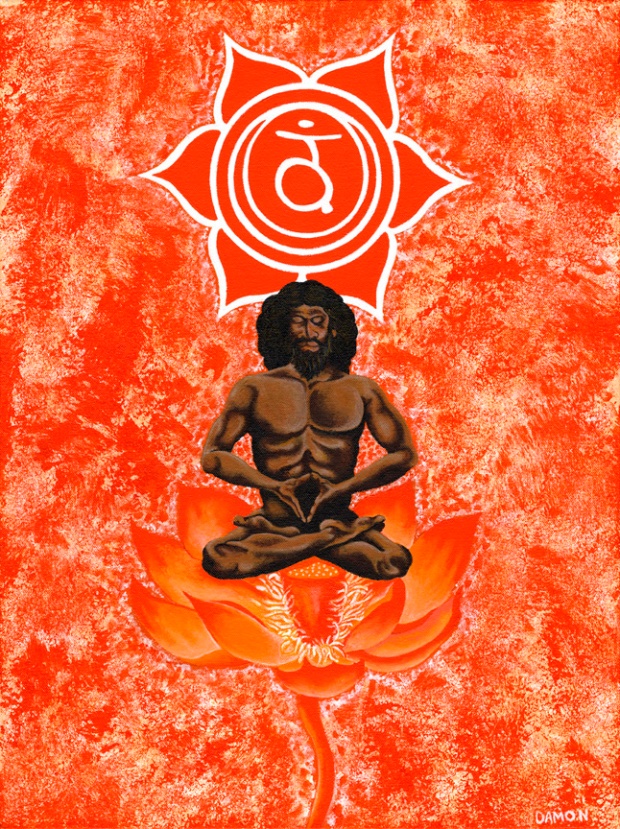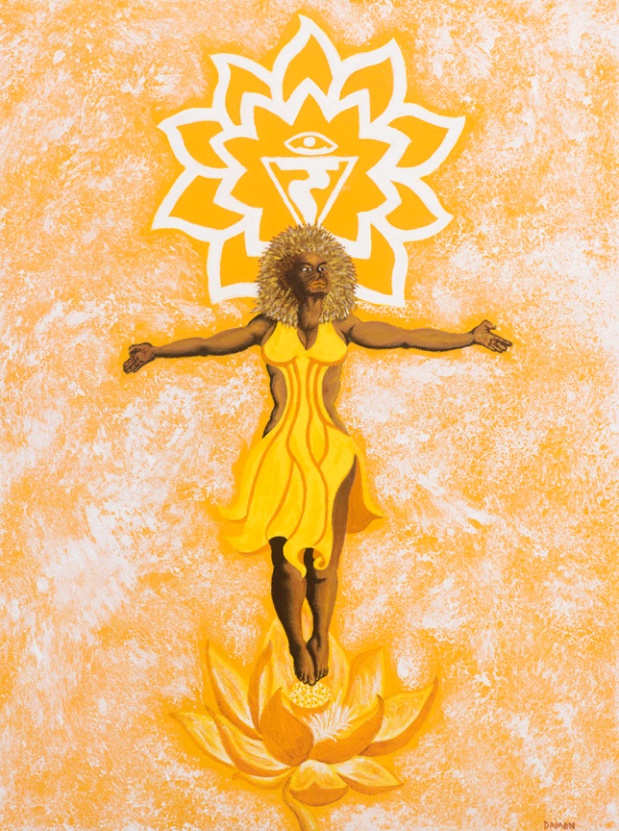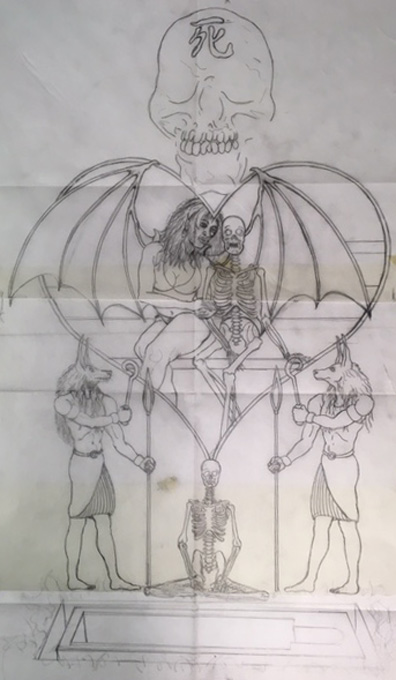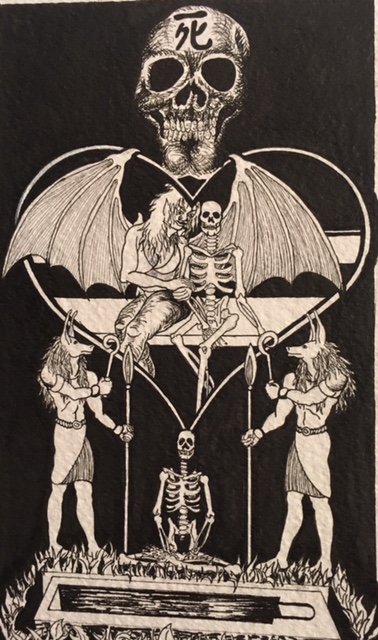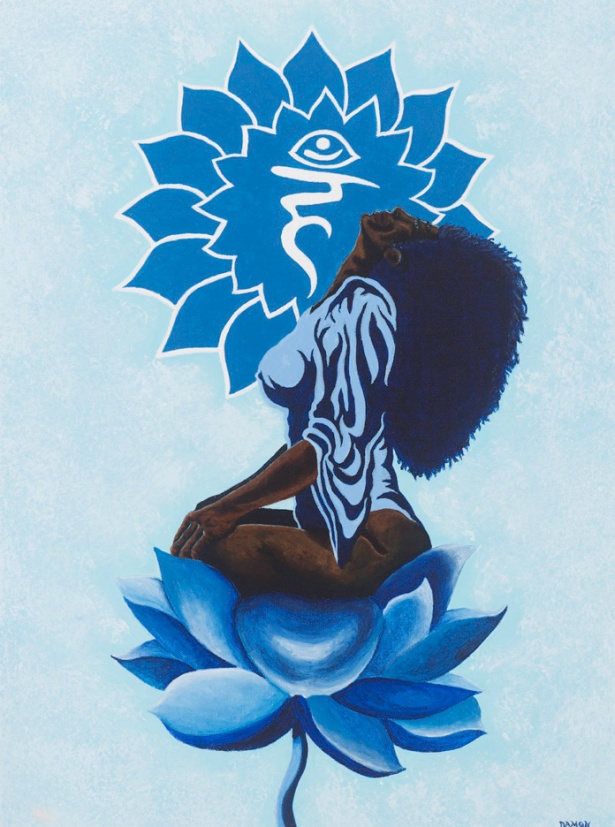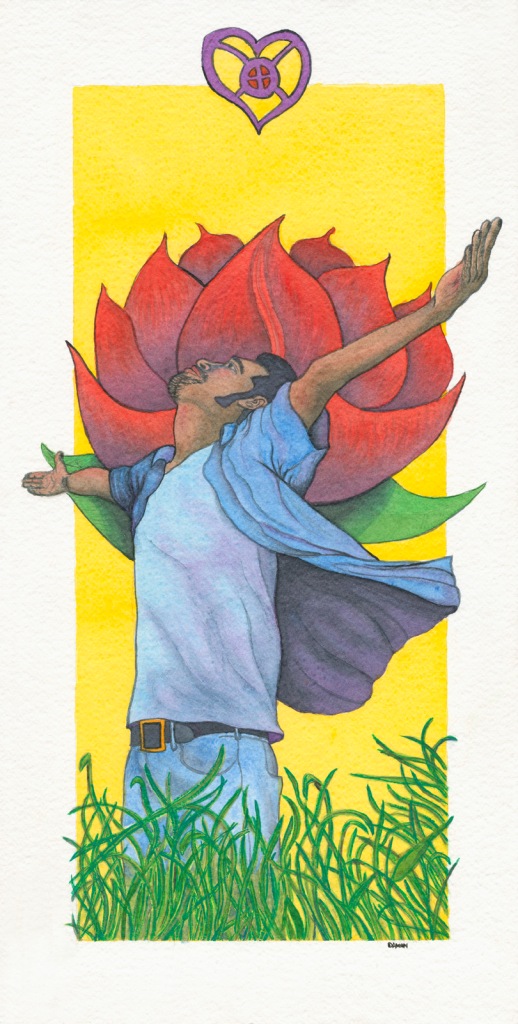
INSPIRATION
Recent events in my life have led me to the contemplation of hope. It just so happens that life has been moving along at its own steady pace. Sometimes intense and other times slow, but thankfully there have been no major upsets or crashing waves. When things are like this I often find the breathing room needed to catch my breath and connect more deeply to my higher self. It is during the steady rhythm of life that I am more easily able to reflect upon life’s deeper layers and connect with Spirit from a much more grounded place.
These times of recollection and reflection usually start with gratitude. I find myself grateful for the periods of sunshine that burst forth from the heart in the seasons between the storms. When I am quiet, I can observe a kind of in-gathering within my mind and spirit as all the myriad pieces of my identity are gently de-fragmented and reconnected to one another. I review the progress I have made, see things moving forward, and am filled with gratitude. But even more than that – I am filled with hope.
I am able to see the bigger picture and all the small but progressive steps that let me know I am moving forward towards my goals. This acknowledgment fills me with hope. Hope that that I can succeed. Hope that I can achieve my goals. Hope that I have and can make the right choices, and hope for the future. Hope is foundational and inspirational. The bible reminds us that, “faith is the substance of things we yet hope for, the evidence of things not seen.” Most of us focus upon faith in this passage but the statement clearly places an even weightier emphasis upon hope – as the foundation which makes faith even possible. Without hope, life has no meaning. Without hope, faith is not possible. Without hope, there is no vision for the future. From this perspective, hope could best be defined as an assurance that the things we desire are actually capable of becoming reality. Thus my stepping back to acknowledge my progress. express gratitude for my current place, and celebrate my accomplishments fills me with hope.
Hope is the wind which blows through my spirit filling me with renewed determination and inspiration. My sails are full so, I do a bit more dreaming and make a few more plans. Then I stretch my arms out wide, lift my head towards the heavens and bathe in the hope’s breeze. HOPE
THE CREATIVE PROCESS
I began this blog because people who view my works often inquire about the meaning within my imagery and the symbols I employ. Since a great deal of my work is about spiritual insight and visual metaphor, symbology plays in integral role in my creative process. Lately, visitors to my studio have also begun asking about my medium, techniques, and the ways in which I am able to integrate them into my overall creative process. So I took the time to snap a few photos of this work in various stages of my creative process.
Everything starts with an idea or inspiration. It may be something I see, a spark gleaned from something I’ve been reading, an image or feeling that is impressed upon me within my meditations…but things keep coming so I just try to remain open. Once I have solid grasp upon the concept, I begin doing sketches and/or looking at various images that may help to translate my inspiration into concrete visual form. This particular image had a rather long germination which began last winter while I spent 2 months viewing a package of subliminal message videos I had purchased. The actual composition came together quickly after I began researching images.
I am an extremely visual person and an artist so I often save random images that speak to me. While watching one of the videos, the image of the young man standing in the field struck me so I saved it. A few months later I was on google images (I just do that sometimes) and the grassy knoll just kind of popped out at me so I saved it as well. A month or so after that, I was at work making myself a cup of tea. I pulled the last tea bag out of the box and I saw the image of a lotus flower on the inside so I ripped the box apart and took the image to my studio so that I could digitize into my image library. Shortly after that, I was sitting in my studio sketching. I was feeling really good and reflecting upon how well about things had been going and I got this very full, glad, hopeful feeling. I began to try and sketch it – so I pulled up a few images from my image library to see if anything might create a few more sparks and these three spoke to me.
As you can see from my initial thumbnail sketches it didn’t take long for me to come up with a workable composition. There are days and weeks when it doesn’t come this easily and I may spend weeks researching, or end up producing 20-30 thumbnail sketches until I can find an inspiring and workable composition. Once I have a good composition, I will often produce 2-3 larger ones (4 x 6) to work out some of the light and shade problems. For this image, I didn’t feel the need to do so. I moved directly to creating some small color roughs. The circled Image with the double stars is the color combination I decided upon using. With an extremely complicated image, I will create 1 or 2 larger-scale color roughs (4 x 6 as well) to alert myself to any potential tonal problems that may arise before I get into the actual process of execution.
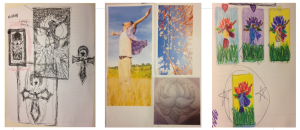
The Work
For me, getting down to the actual work of creation is also an act of worship, and ritual. This aspect of my vocation involves the use of several rituals that I employ to move me toward concrete acts of creation. Creativity necessitates form. An idea or concept is no better than a daydream until you give it form through acts of concrete physical manifestation. Just as “faith without works is dead” inspiration that are not accompanied by acts of manifestation die shortly after conception.
Keeping the above in mind, I often let the work itself determine the medium from which it will be manifested. At some point during the sketching stage, the imagery begins to inform me about which medium would be the best vehicle for this particular expression. In this case I knew the colors needed to be bright and vibrant so scratchboard was not a consideration. Once the color roughs were completed, it became clear to me that watercolor would be a better medium since the white paper beneath would produce a much brighter, ephemeral, and luminous quality than I could achieve with acrylics.
I begin by engaging in prayer, and then slowly and mindfully laying out my materials so that they are easily accessible and functionally placed within and around my work area. I then choose my material (in this case watercolor paper), and outline the image upon the surface. I often us a projector for larger layouts rather than drawing everything out by freehand. In this case, I used a thinner sheet of paper than I normally prefer to work with (I prefer 300lb Arches watercolor paper), so I had to size the paper before I could begin any actual painting (many artists don’t lay out their imagery until after sizing, but I prefer to do it beforehand).
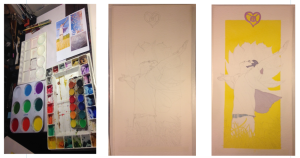
Before I begin to do any creative work I spend at least 10-15 minutes in prayer and meditation just before I begin. I created a small altar in my studio that contains candles, incense, crystals, a bell, and other items of significant personal value. After completing my meditation, I spend about 2-3 minutes with my Ipod selecting what (if any) music will be playing for that particular creative session. With Winds of Hope I began by painting the first layer of washes upon the largest areas of the image. Although it is not depicted here, each area of color has anywhere from 5-8 thin layers of color upon it. This technique allows for the vibrancy of the colors to reflect up through the paper as each successive layer builds upon the next.
As you can see from the images below, the vibrancy of the colors slowly builds intensity with the application of each successive layer. The more subtle details and shading are added in as each layer of color is applied. For me, this process is more like sculpting than painting. I often imagine myself pushing, pulling and molding the various surfaces and contours of the image rather than drawing or rendering them with the paint brush.
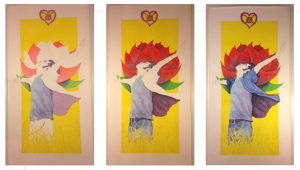
Finishing Touches
As you can observe from these photos, I save the more precisely detailed portions of the image for last. In this instance, it was the waving grass and the figure’s skin tones. These final details were part of my work activities on days 5-6. Sometimes, I will initiate changes to the image based upon insights or promptings that come to me during my preparation meditations. For this particular piece, there were no promptings over the course of the process, but once the work was completed several people pointed out that the figure resembled me. This was not a conscious decision on my part and I honestly hadn’t noticed (oftentimes, we do more than we can know or say).
The piece was unveiled in my studio for the First Fridays Art Murmur without the facial mustache and goatee, but after the 7th or 8th comment about the figure resembling me, the following day I removed it from the frame and added the mustache and goatee so that the figure would resemble me more closely.
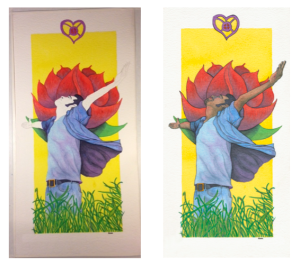
SYMBOLISM
There are only two actual symbols in this image: the lotus flower depicted behind the central figure, and the West African Adinkra symbol floating above them both. The work’s title, “Winds of Hope” embodies the notion of Hope being the wind which blows through mind, body and spirit, filling us with renewed determination, enthusiasm, courage, and willingness to sacrifice for the creation of our dreams. Hope is the literal wind beneath our spiritual wings. The figure lifts his head toward the heavens and opens his arms wide to be caressed by the spiritual winds of Hope in a display of gratitude for blessings already received. The lotus behind the figure is also indicative of hope as it springs up from the muck and mire of muddy riverbeds to show forth its splendor. The Adinkra symbol floating above the main portion of the composition literally symbolizes Hope in West African symbology. I thought it very apt and appropriate that hope is connected to the heart’s symbol. For hope too is about the heart – it’s dreams, passions, and desires. Purple is indicative of spiritual power and love, red passion, and yellow symbolizes wisdom, happiness, and divine benevolence.
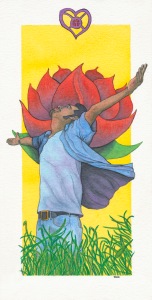
To Purchase a Print click on the image above, or use the link below:
Damon Powell – Artist & Theologian
To purchase an original work please contact me directly at:
info@damonpowell.com
To join my mailing list click here:
Damon’s list
If you like this, please share it!



